Table of Contents
I. Introduction to Project Proposals
II. Understanding the Purpose of a Project Proposal
III. Components of a Well-Structured Project Proposal
IV. Formatting and Presentation in Project Proposals
V. Examples and Templates for Project Proposals
VI. Frequently Asked Questions (FAQs)
I. Introduction to Project Proposals
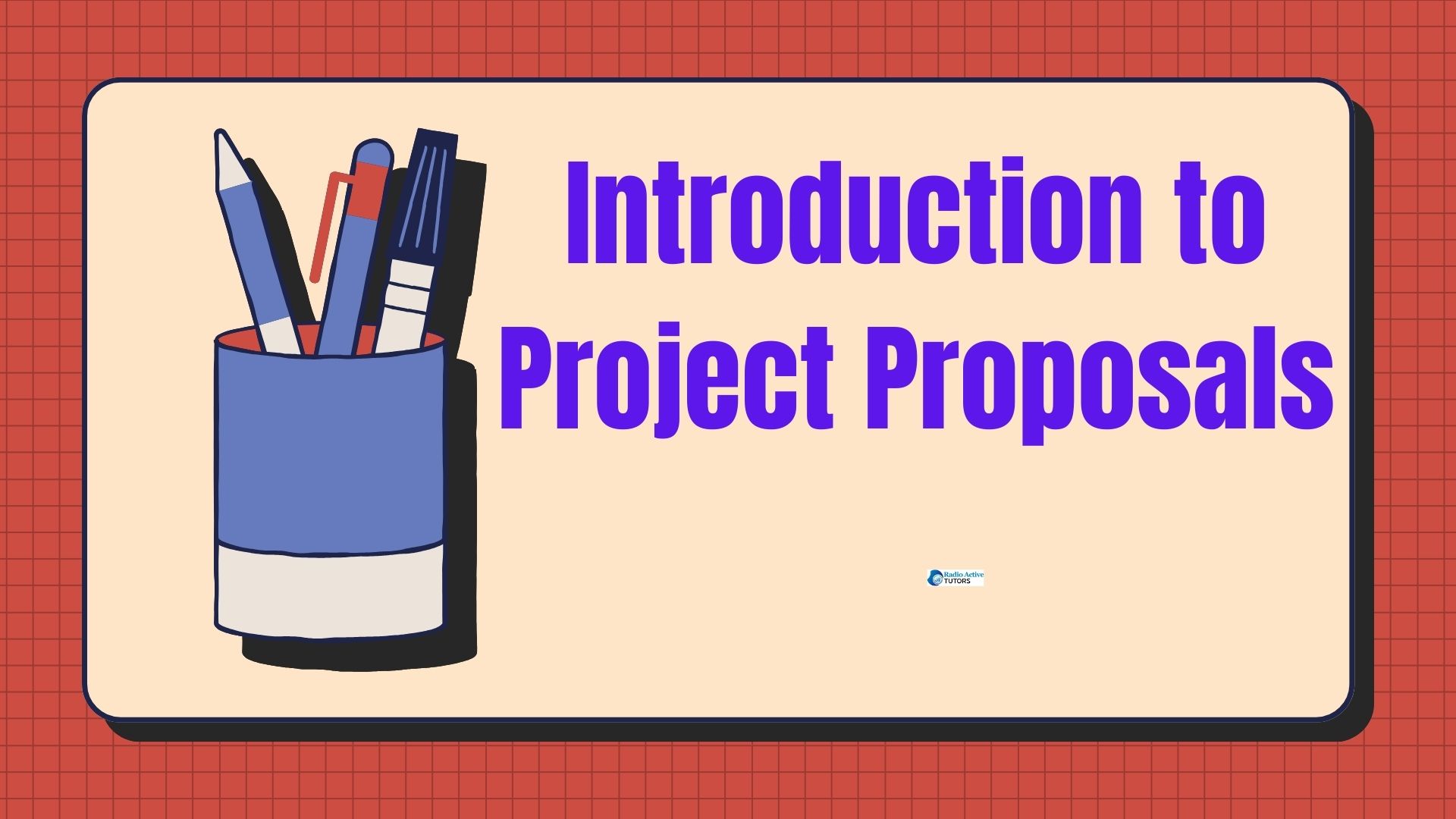
- What is a project proposal?
A project proposal serves as a formal document that outlines the details of a proposed project, presenting a comprehensive plan for its execution. It typically includes essential information such as the project’s objectives, scope, methodology, timeline, budget, and expected outcomes. Essentially, a project proposal serves as a roadmap for stakeholders, providing them with a clear understanding of the project’s purpose, goals, and how it will be implemented.
In academic settings, students often prepare project proposals to propose research studies, experiments, or other academic projects to their instructors or academic committees for approval. By defining the project’s scope, objectives, and methodology, a well-crafted project proposal lays the foundation for successful project execution and serves as a crucial tool for planning and decision-making throughout the project lifecycle.
- Importance of project proposals for students
Project proposals hold significant importance for students as they serve multiple essential purposes in academic settings. Firstly, crafting a project proposal allows students to articulate their ideas and research objectives clearly. This process helps them refine their thoughts and develop a focused plan of action for their project. Secondly, project proposals provide students with an opportunity to demonstrate their understanding of the subject matter and their ability to apply research methodologies and techniques. It showcases their critical thinking, problem-solving, and communication skills to their instructors or academic committees.
Additionally, project proposals serve as a formal agreement between students and their instructors or supervisors, outlining expectations, timelines, and deliverables. Lastly, through the process of writing project proposals, students develop valuable skills in project management, time management, and academic writing, which are essential for their future academic and professional endeavors. Overall, project proposals play a crucial role in guiding students through the research process, fostering academic growth, and preparing them for success in their academic and professional careers.
II. Understanding the Purpose of a Project Proposal
Understanding the purpose of a project proposal is fundamental for students embarking on academic projects. Primarily, project proposals serve as comprehensive blueprints that delineate the objectives, scope, and methodology of a proposed project. They provide clarity on the intended outcomes and help stakeholders comprehend the rationale behind the project. Moreover, project proposals aid in setting realistic expectations by outlining the resources required, timelines, and potential challenges. For students, crafting a project proposal offers an opportunity to refine their research questions, demonstrate their understanding of the subject matter, and articulate their approach to addressing a specific problem or topic.
Additionally, project proposals serve as a formal communication tool between students and their instructors or academic advisors, ensuring alignment of expectations and objectives. Overall, understanding the purpose of a project proposal empowers students to embark on their academic endeavors with clarity, focus, and purpose.
III. Components of a Well-Structured Project Proposal
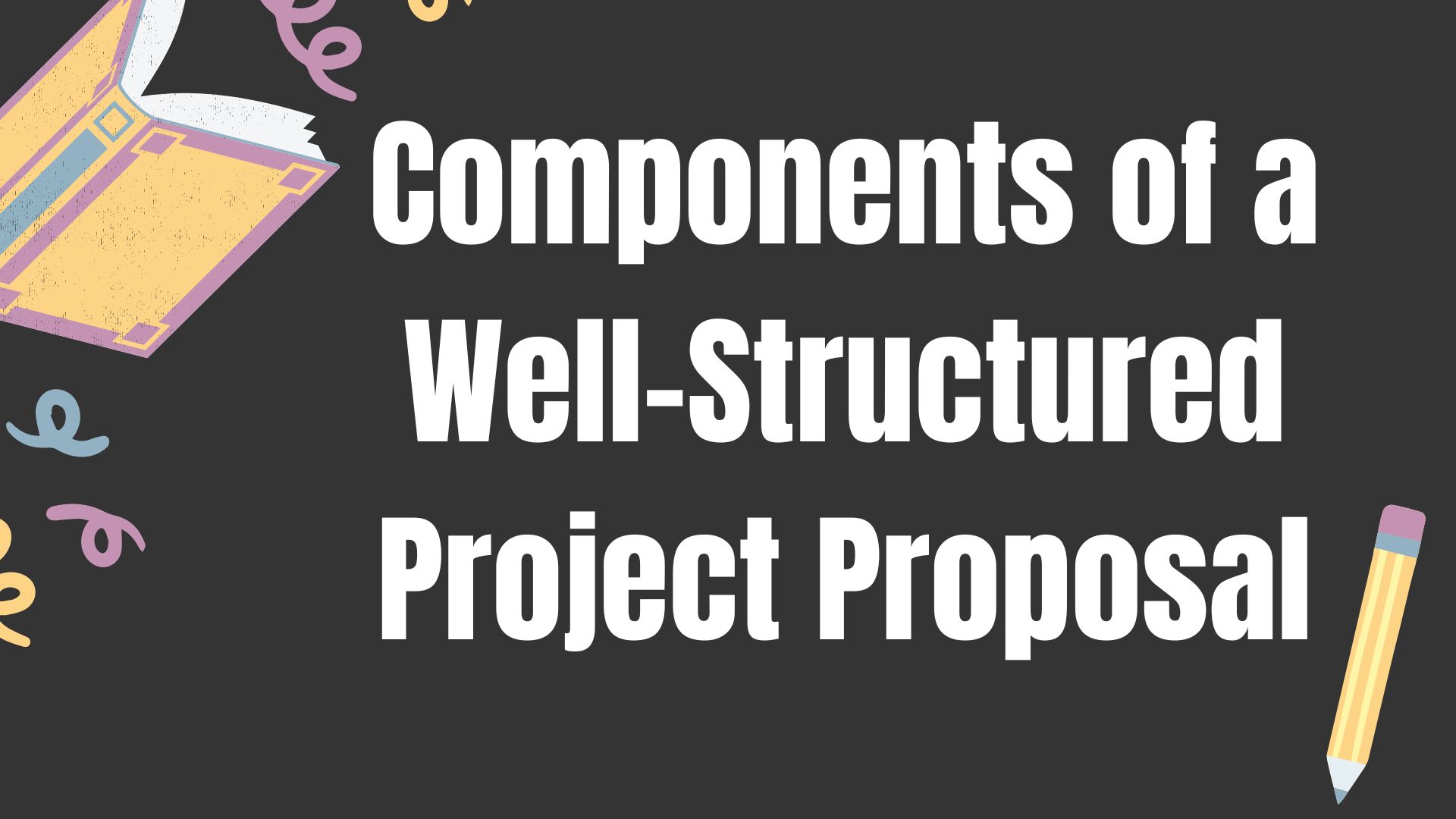
In the components of a well-structured project proposal, the title page holds a crucial position as the introductory element of the document. The title page typically includes essential information such as the title of the project, the name of the student or group of students involved, the name of the instructor or supervisor, the institution’s name, and the date of submission. It serves as the first impression of the proposal and sets the tone for the rest of the document.
Additionally, the title page provides readers with important details about the project, allowing them to quickly identify the topic and individuals involved. Furthermore, a well-designed and professional-looking title page enhances the overall presentation of the project proposal, conveying a sense of professionalism and attention to detail. Overall, the title page is a critical component of a well-structured project proposal, providing essential information and contributing to the document’s overall clarity and professionalism.
In the components of a well-structured project proposal, the abstract or summary holds significant importance as it provides a concise overview of the entire proposal. The abstract typically summarizes the key points of the proposal, including the project’s objectives, methodology, expected outcomes, and significance. It serves as a snapshot of the proposal, allowing readers to quickly grasp the essence of the project without having to read the entire document. For students, crafting an effective abstract requires careful attention to detail and clarity of expression.
The abstract should succinctly convey the project’s purpose, methodology, and potential impact, while also highlighting its relevance and significance. Moreover, a well-written abstract can serve as a persuasive tool, enticing readers to delve deeper into the proposal and consider its merits. Overall, the abstract is a crucial component of a well-structured project proposal, providing readers with a clear and compelling overview of the proposed project.
In the components of a well-structured project proposal, the introduction serves as the gateway to the proposed project, setting the stage for what follows. The introduction typically provides background information on the topic or problem being addressed, contextualizing the significance of the proposed project within the broader field of study. It also outlines the objectives of the project, highlighting the specific research questions or aims that the project seeks to address. Additionally, the introduction may briefly overview the methodology to be employed and the expected outcomes of the project.
For students, crafting an effective introduction involves capturing the reader’s interest and conveying the importance of the proposed project in a clear and compelling manner. It lays the foundation for the rest of the proposal, guiding readers through the rationale and objectives of the project and establishing a framework for understanding the subsequent sections in greater detail. Overall, the introduction is a critical component of a well-structured project proposal, providing readers with a comprehensive overview of the proposed project and its significance within the broader context of the field.
In the components of a well-structured project proposal, the problem statement plays a pivotal role in clearly articulating the issue or challenge that the proposed project aims to address. The problem statement typically identifies a specific problem, gap in knowledge, or area of concern within the field of study, providing context for the proposed research. It outlines the significance of the problem, explaining why it is important to address and how it contributes to the broader body of knowledge.
Additionally, the problem statement may highlight the implications of the problem, both theoretically and practically, underscoring the need for further investigation. For students, crafting a compelling problem statement involves thorough research and critical analysis to identify a relevant and significant problem worthy of investigation. It requires clarity, precision, and specificity to ensure that the problem is well-defined and can be effectively addressed through the proposed project. Overall, the problem statement is a crucial component of a well-structured project proposal, laying the groundwork for the proposed research and justifying its importance within the field of study.
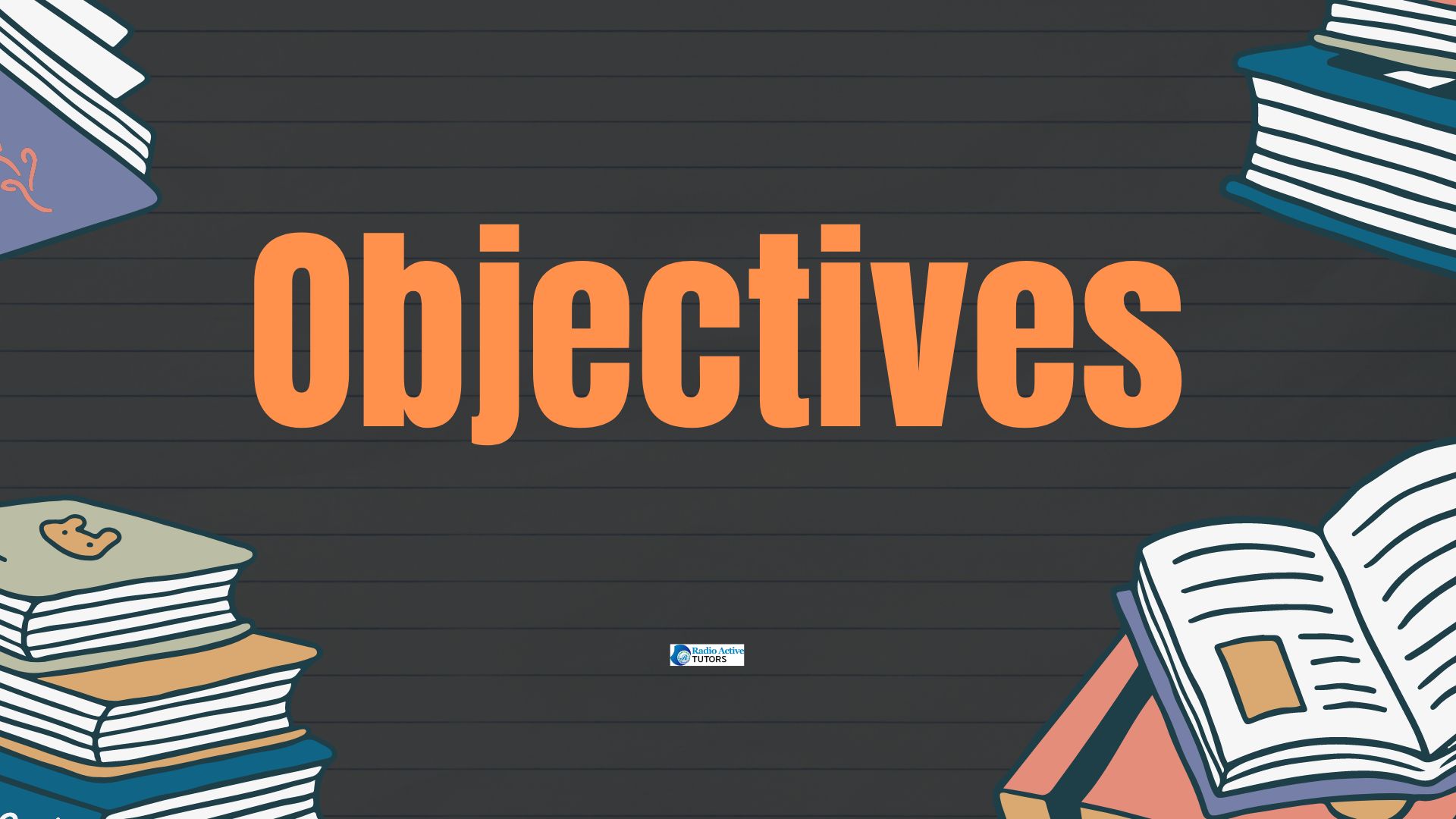
In the components of a well-structured project proposal, the objectives section outlines the specific goals and aims that the proposed project seeks to achieve. These objectives serve as the roadmap for the project, guiding the research process and providing clear direction for the work to be undertaken. Objectives are typically formulated to be specific, measurable, achievable, relevant, and time-bound (SMART), ensuring that they are realistic and attainable within the scope of the project.
Additionally, objectives should be closely aligned with the problem statement and research questions, demonstrating how the proposed project will address the identified issue or gap in knowledge. For students, crafting clear and well-defined objectives involves careful consideration of the desired outcomes and the steps needed to achieve them. It requires clarity of purpose and a thorough understanding of the research aims to ensure that the objectives accurately reflect the intentions of the proposed project. Overall, the objectives section is a crucial component of a well-structured project proposal, providing a clear and actionable framework for guiding the research process and achieving the desired outcomes.
In the components of a well-structured project proposal, the methodology section outlines the approach and techniques that will be employed to conduct the proposed research. This section provides a detailed explanation of the methods, procedures, and techniques that will be used to collect, analyze, and interpret data. It typically includes information on the research design, sampling methods, data collection instruments, data analysis techniques, and ethical considerations. For students, crafting a comprehensive methodology involves careful consideration of the research questions and objectives, as well as the resources and constraints of the project.
It requires clarity, precision, and attention to detail to ensure that the proposed methods are appropriate for addressing the research questions and generating valid and reliable results. Moreover, students should justify their choice of methodology, explaining why it is the most suitable approach for the proposed research. Overall, the methodology section is a critical component of a well-structured project proposal, providing a clear and systematic plan for conducting the research and generating valuable insights into the chosen topic.
In the components of a well-structured project proposal, the literature review section plays a vital role in contextualizing the proposed research within the existing body of knowledge. This section provides an overview of relevant literature, including scholarly articles, books, and other sources, that are pertinent to the research topic. The literature review serves several purposes, including identifying gaps or areas of controversy in the literature, highlighting key theories or concepts that inform the proposed research, and providing a theoretical framework for the study.
For students, conducting a thorough literature review involves searching for and critically evaluating existing research to gain a comprehensive understanding of the topic and its broader context. It requires synthesizing and summarizing key findings and arguments from multiple sources, as well as identifying connections and relationships between different studies. Moreover, students should use the literature review to justify the significance and relevance of their proposed research, demonstrating how it builds upon and contributes to the existing body of knowledge. Overall, the literature review section is a crucial component of a well-structured project proposal, providing a foundation for the proposed research and demonstrating the student’s familiarity with the relevant literature in their field.
In the components of a well-structured project proposal, the timeline section outlines the projected schedule for the proposed research activities. This section provides a detailed plan of the sequence of tasks to be completed, along with corresponding deadlines or milestones. A well-defined timeline helps students and their supervisors or instructors to visualize the progression of the project and ensure that it stays on track. It also facilitates effective project management by allocating time and resources efficiently, thereby maximizing productivity and minimizing delays.
Additionally, the timeline section may include contingency plans or buffers to accommodate unforeseen circumstances or delays that may arise during the research process. By delineating a clear and realistic timeline, students demonstrate their ability to plan and execute the proposed research in a systematic and organized manner, contributing to the overall credibility and feasibility of the project proposal.
In the components of a well-structured project proposal, the conclusion serves as the final section that summarizes the key points and arguments presented throughout the document. This section reiterates the main objectives of the proposed project, highlighting how the research aims to address the identified problem or gap in knowledge. Additionally, the conclusion may recap the proposed methodology and anticipated outcomes of the project. For students, crafting a strong conclusion involves effectively summarizing the significance of the proposed research and its potential contributions to the field.
It provides an opportunity to reinforce the importance of the project and leave a lasting impression on the reader. Moreover, the conclusion may also include recommendations for future research or practical implications of the proposed findings. Overall, the conclusion section is a critical component of a well-structured project proposal, leaving the reader with a clear understanding of the proposed research and its significance within the broader context of the field.
- References in Project Proposals
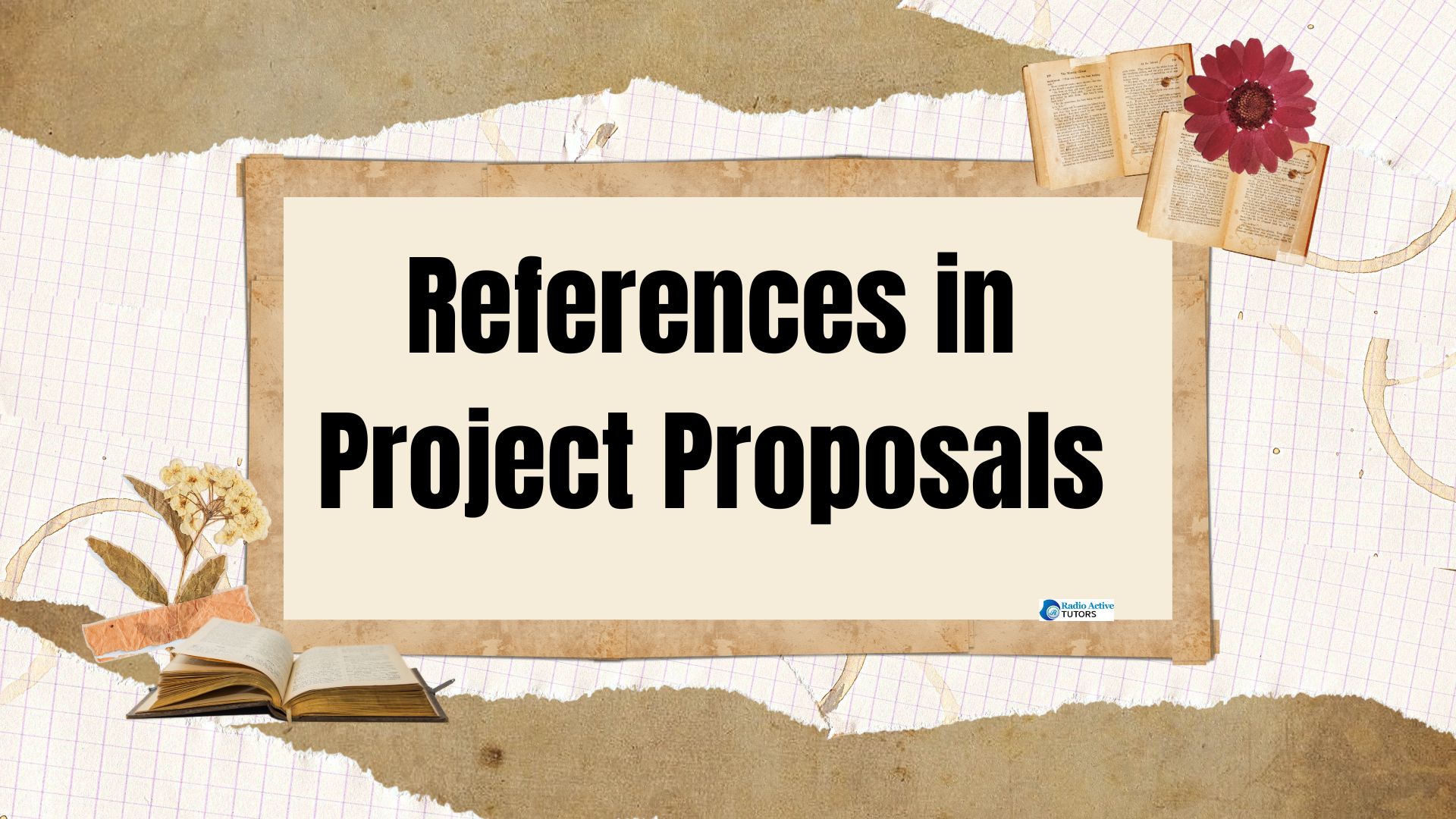
In the components of a well-structured project proposal, the references section is essential for providing credibility and supporting the validity of the proposed research. This section includes a comprehensive list of all the sources cited throughout the proposal, such as scholarly articles, books, reports, and other relevant materials. Properly formatted references allow readers to locate and verify the information cited in the proposal, ensuring transparency and integrity in the research process. For students, compiling accurate and properly formatted references demonstrates their ability to conduct thorough research and adhere to academic conventions.
It also acknowledges the contributions of previous research and provides a foundation for building upon existing knowledge. Moreover, including a references section underscores the importance of academic integrity and ethical conduct in the research process. Overall, the references section is a crucial component of a well-structured project proposal, providing readers with the necessary information to evaluate the credibility and reliability of the proposed research.
IV. Formatting and Presentation in Project Proposals
Formatting and presentation play crucial roles in the effectiveness of project proposals for students. Clear and professional formatting enhances readability and ensures that key information is easily accessible to the audience. Students should pay attention to factors such as font size, spacing, and alignment to create a visually appealing layout. Additionally, incorporating visual elements such as graphs, charts, and images can help illustrate key points and make the proposal more engaging. Consistency in formatting throughout the proposal lends an air of professionalism and coherence to the document.
Furthermore, students should consider the overall presentation of the proposal, including the use of persuasive language, logical organization of content, and the inclusion of a compelling executive summary. By focusing on formatting and presentation, students can elevate the quality of their project proposals and effectively convey their ideas to potential stakeholders or evaluators.
V. Examples and Templates for Project Proposals
A. Sample Project Proposals Templates
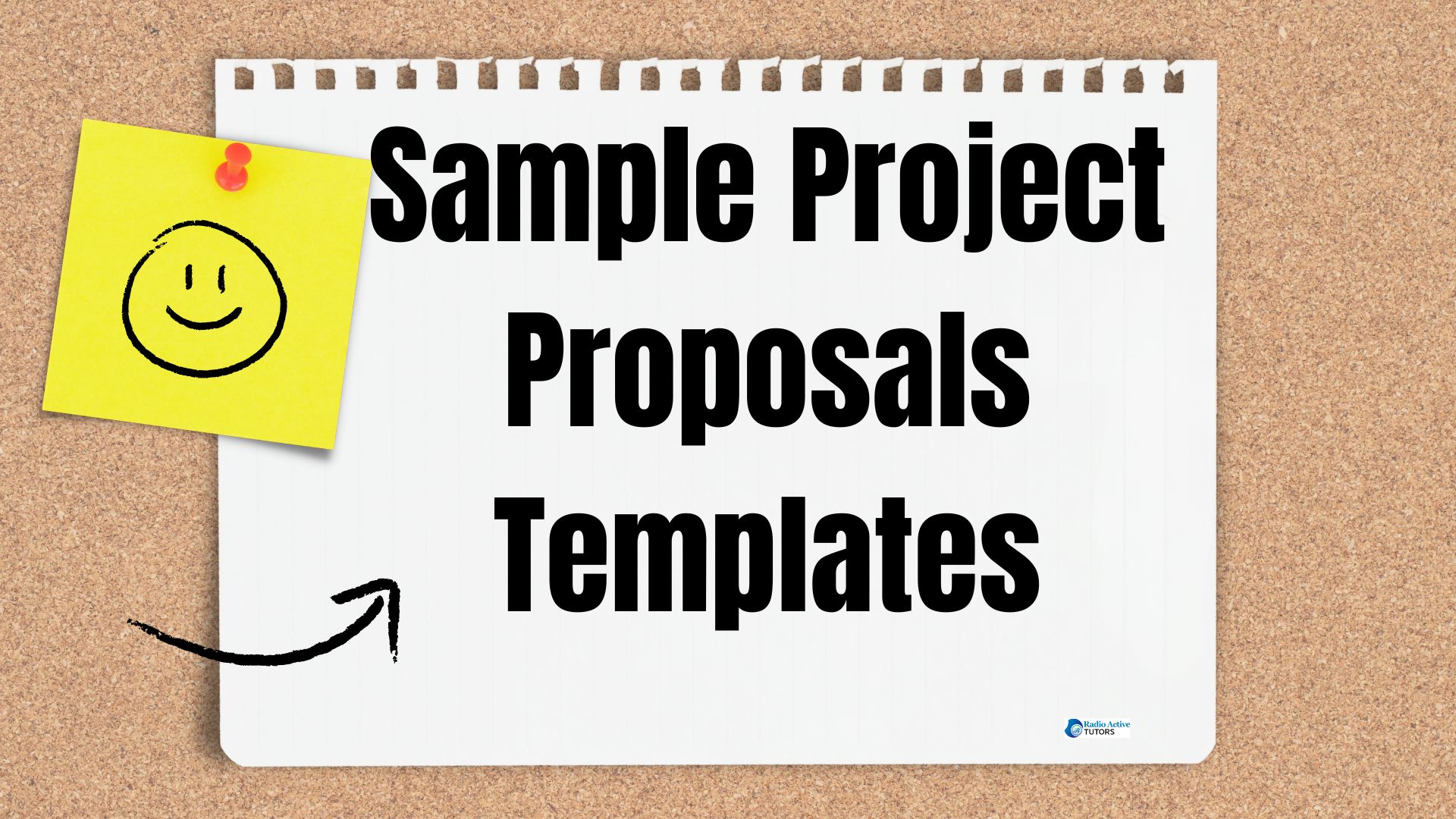
When it comes to crafting project proposals, having access to sample proposal templates can be immensely beneficial, especially for students who are new to the process. These templates serve as invaluable guides, offering clear examples of how to structure and format a proposal effectively. By examining various sample proposal templates, students can gain insights into the different sections and components commonly found in project proposals.
Additionally, these templates provide a starting point for brainstorming ideas and organizing thoughts, helping students articulate their project objectives, methodologies, and timelines with clarity. Whether it’s a science fair project or a research endeavor, having access to a variety of sample proposal templates can empower students to communicate their ideas persuasively and professionally.
B. Case Studies of Successful Project Proposals
Exploring case studies of successful proposals can be an enlightening experience for students delving into the realm of project proposal writing. By examining real-life examples of proposals that have achieved success, students can gain valuable insights into effective strategies and techniques. These case studies offer concrete examples of how to effectively communicate project goals, outline methodologies, and present compelling arguments for why a particular project deserves support.
Moreover, they provide students with a deeper understanding of how to tailor proposals to meet the needs and expectations of different audiences. From innovative research projects to impactful community initiatives, studying successful proposal case studies can inspire students and equip them with the skills and confidence needed to craft their own compelling proposals.
C. Tools and Resources for Project Proposals Writing
In the realm of writing project proposals for students, having access to the right tools and resources can make a significant difference in the quality and effectiveness of their proposals. Various online platforms offer a plethora of tools designed to streamline the proposal writing process, ranging from proposal generators to project management software. Additionally, students can benefit from online repositories that provide a wide array of resources, including sample proposals, templates, and guidelines tailored specifically for educational purposes.
These resources not only assist students in understanding the structure and components of a well-crafted proposal but also offer tips and best practices for enhancing clarity, persuasiveness, and professionalism. By leveraging these tools and resources, students can navigate the proposal writing process with confidence and produce compelling proposals that stand out to their intended audience.
VI. Frequently Asked Questions (FAQs)
- What are the common mistakes to avoid when writing project proposals?
- How can I tailor my project proposals to different audiences?
- Is it necessary to include a timeline in project proposals?
- What should I do if my project proposal gets rejected?
- How can I make my project proposals stand out from others?
- Can I include visuals in my project proposals?
- Should I include appendices in my project proposals?
